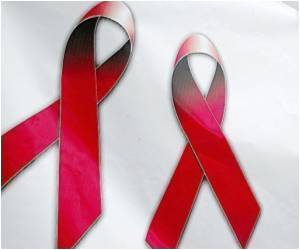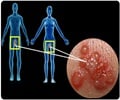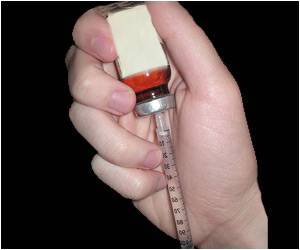In a recent research work widely used HIV medication tenofovir has been formulated as a topical vaginal gel and tested in a large study of nearly 900 South African women.

The effect of tenofovir gel on HSV was unanticipated because the drug had previously shown very minimal activity against HSV. "We hypothesized that the discrepancy between the earlier reported lack of significant anti-HSV activity and the new data might be explained by the striking differences in drug concentrations between the oral tenofovir delivery system and topical application of the gel," explains Prof. Balzarini.
Prof. Balzarini and colleagues demonstrated in a variety of experimental models that when tenofovir was applied at concentrations similar to those obtained in the gel, the drug had a potent and direct anti-HSV activity. The researchers went on to unravel the molecular mechanism of the anti-HSV activity and found that, like the effect on HIV, tenofovir efficiently inhibits an enzyme needed for herpes viral replication.
Taken together, the results demonstrate that topical administration of tenofovir achieves drug concentrations that exert both anti-HIV and anti-HSV activity. "Our data and the therapeutic principles emerging from our study are important for the design of new drug formulations and administration protocols to develop and/or optimize future microbicide trials," concludes Dr. Margolis.
Source-Eurekalert













